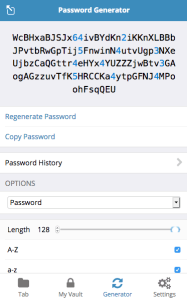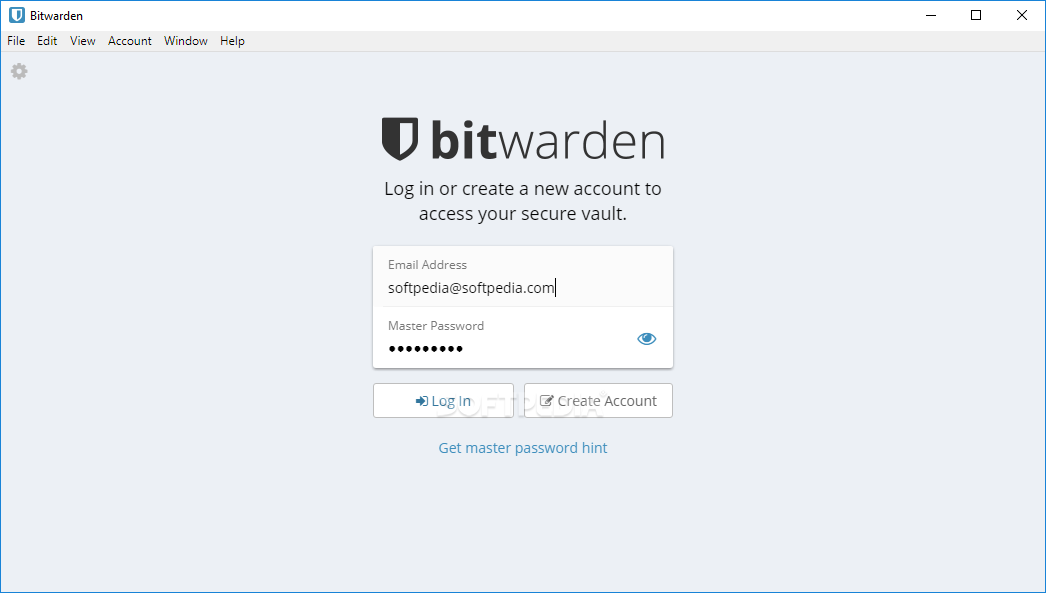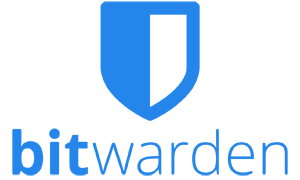


To bring change at an organization, security and IT teams must educate employees about best practices. In the 2020 Under the Hoodie Report by Rapid7, they note that password management and secondary controls such as two-factor authentication are “severely lacking, leading to ‘easy’ compromises.” Reusing or sharing passwords in an insecure manner leaves the enterprise vulnerable. But how do you manage all those passwords? And how does one maintain good password hygiene across an organization?Įffective password management is a heavily underutilized resource in the enterprise.

Security experts recommend that you use a different, randomly generated password for every account that you create. With remote work on the rise and internet usage higher than ever before, the demand to create and maintain dozens (if not hundreds) of online accounts with logins and passwords is staggering. However, the analysis is limited compared to other password managers, and users may need to use additional tools to ensure the strength of their passwords.Overview of Bitwarden Security and Compliance Program Users can only share passwords with other Bitwarden users, which may be problematic if users need to share passwords with non-Bitwarden users.īitwarden does offer a password analysis feature that checks the strength of passwords and alerts users to weak passwords. This may frustrate users who prefer more immediate support options, such as live chat or phone support.īitwarden allows users to share passwords with other users, but the sharing options are limited. While Bitwarden does offer customer support, it is limited to email support only. Some users may prefer to store their passwords locally, which is not an option with Bitwarden. Bitwarden is a cloud-based password manager, meaning users must store their passwords on the cloud.


 0 kommentar(er)
0 kommentar(er)
